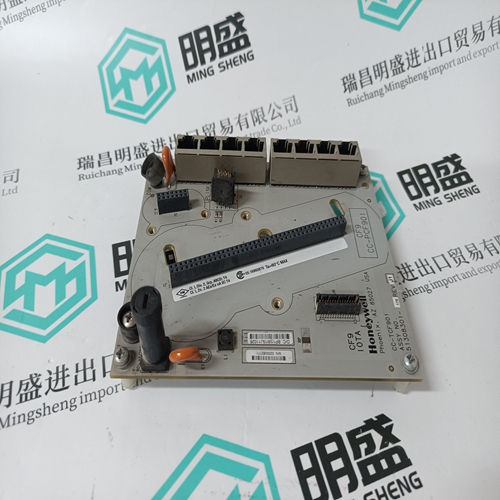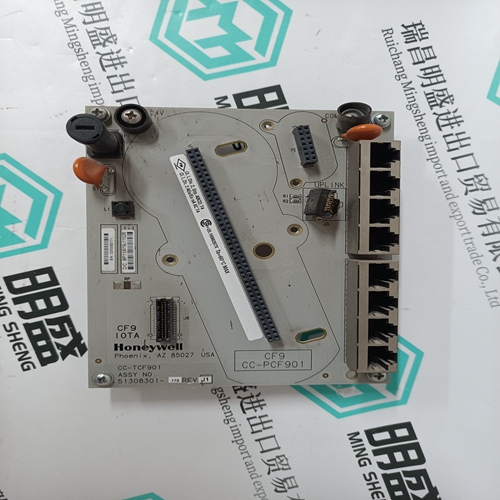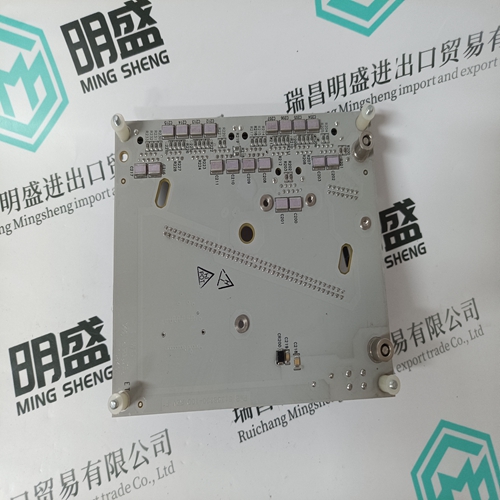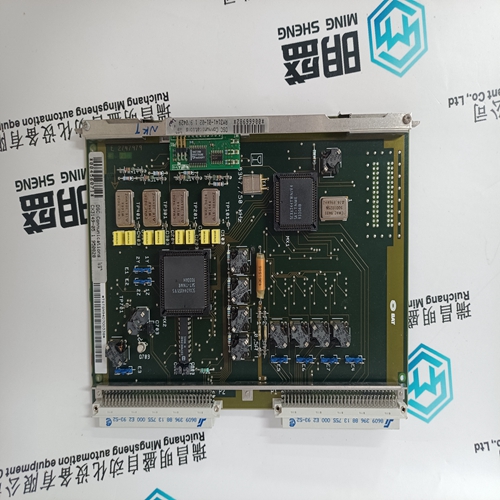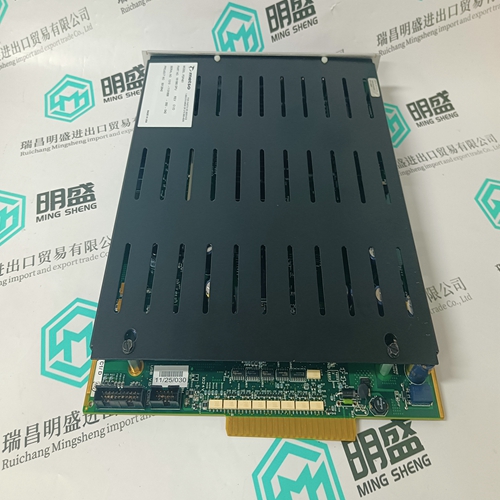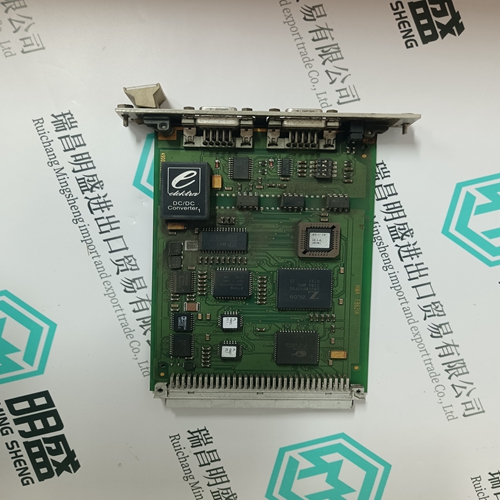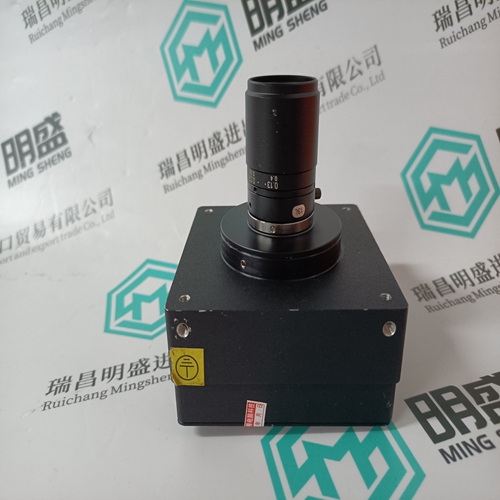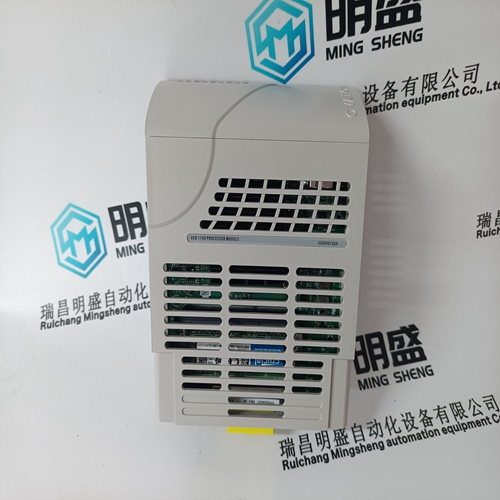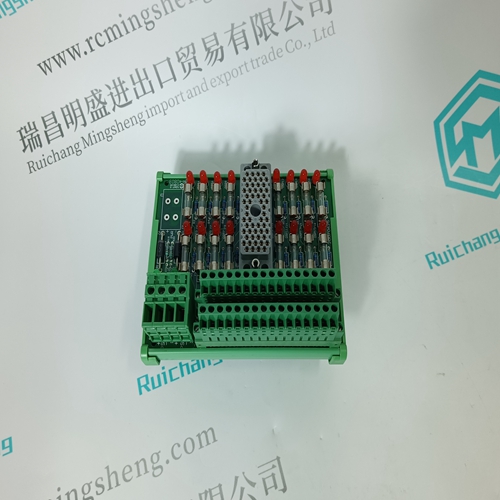Home > Product > DCS control system > HONEYWELL CC-TCF901 base module
HONEYWELL CC-TCF901 base module
- Product ID: CC-TCF901
- Brand: HONEYWELL
- Place of origin: The United States
- Goods status: new/used
- Delivery date: stock
- The quality assurance period: 365 days
- Phone/WhatsApp/WeChat:+86 15270269218
- Email:stodcdcs@gmail.com
- Tags:HONEYWELLCC-TCF901base module
- Get the latest price:Click to consult
The main products
Spare parts spare parts, the DCS control system of PLC system and the robot system spare parts,
Brand advantage: Allen Bradley, BentlyNevada, ABB, Emerson Ovation, Honeywell DCS, Rockwell ICS Triplex, FOXBORO, Schneider PLC, GE Fanuc, Motorola, HIMA, TRICONEX, Prosoft etc. Various kinds of imported industrial parts
Products are widely used in metallurgy, petroleum, glass, aluminum manufacturing, petrochemical industry, coal mine, papermaking, printing, textile printing and dyeing, machinery, electronics, automobile manufacturing, tobacco, plastics machinery, electric power, water conservancy, water treatment/environmental protection, municipal engineering, boiler heating, energy, power transmission and distribution and so on.
HONEYWELL CC-TCF901 base module
Acknowledgement of error flags in the remote unit ICSM 06 A6 – on the unit by pressing the test button for a longer time – in the user program of the central unit using the CS31QU block – in the terminal mode by means of the MAIL command (see volume 7.3 chapter 3).The central unit offers error messages for the user program which are classified into 4 error classes (FK1…FK4) according to their severity. The error messages are stored in error flags and can be used in the user program and be read by the programming system. The following table gives you an overview of the error flags
Maximum number of remote units which have been existing in the CS31 bus cycle of the master central unit since the last power-ON or since the last cold start. Their number may be larger than the number of the remote units which are currently existing in the CS31 bus cycle.
Acknowledgement of error messages
Error messages remain stored and will be displayed until they are acknowledged. The following applies : – The summation error message, the error class messages (bit flags) and the relevant red LED is reset with power ON, for example. For other possibilities for resetting/acknowledging them, (see chapters 8.2 "Acknowledgement of error messages in the remote units" and 8.3 "Errors flags in the central unit, error classification"). – The error identifiers and the detailed information (word flags) have to be reset by means of the user program or by means of the operating function "Overwrite" (see volume 7.3 chapter 3). They are also reset when a cold start is performed or by a power-fail. The error message will appear again, if the error has not been eliminated.
On-line modifications
maximum of 128 historical values can be used in a program. The number of timers in the program is illimited; a maximum of 42 timers can run at the same time. If KW 00,05 is different from 0 and if a function block using historical values is activated, its historical values are stored in a file and restored after a STOP/RUN or a power supply. ● On-line modifications - Insertion of a function block using historical values when the central unit is running : If a function block using historical values is inserted in the program when the central unit is running, its historical values are not shifted in the file of historical values. In this case, all datas used in the function blocks with historical values are wrong.
- In case of a too long coded program : In case of a too long coded program (2 kInst with a lot of instructions which are coded on 6, 7 or 8 bytes), the status of central unit displays : On-line : not available. The central unit has to be in stop mode for a transfer of the program. Note : in stop mode, the status always displays : On-line : not available.
